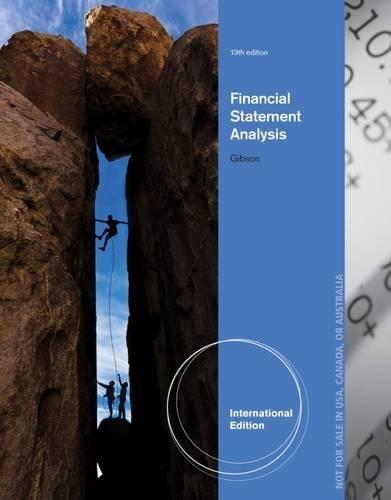Question
During the Reagan era, 1981-1988, the U.S. current account moved from a tiny surplus to a large deficit. The following table provides U.S. macroeconomic data
During the Reagan era, 1981-1988, the U.S. current account moved from a tiny surplus to a large deficit. The following table provides U.S. macroeconomic data for that period.
|
YEAR |
|
1980 |
1981 |
1982 |
1983 |
1984 |
1985 |
1986 |
1987 |
1988 |
|
PRIVATE SAVINGS |
|
500 |
586 |
617 |
641 |
743 |
736 |
721 |
731 |
802 |
|
PRIVATE INVESTMENT |
|
468 |
558 |
503 |
547 |
719 |
715 |
718 |
749 |
794 |
|
GOVERNMENT BUDGET DEFICIT |
-35 |
-30 |
-109 |
-140 |
-109 |
-125 |
-147 |
-112 |
-98 | |
|
CURRENT-ACCOUNT BALANCE |
2 |
5 |
-11 |
-45 |
-100 |
-125 |
-151 |
-167 |
-129 | |
a. Based on these data, to what extent would you attribute the changes in the U.S. current-account balance to a decline in the U.S. private savings-investment balance?
b. To what extent would you attribute the changes in the U.S. current-account balance to an increase in the U.S. government budget deficit?
c. Based on these data, what was the excess of national spending over national income during this period?
Step by Step Solution
There are 3 Steps involved in it
Step: 1

Get Instant Access to Expert-Tailored Solutions
See step-by-step solutions with expert insights and AI powered tools for academic success
Step: 2

Step: 3

Ace Your Homework with AI
Get the answers you need in no time with our AI-driven, step-by-step assistance
Get Started


